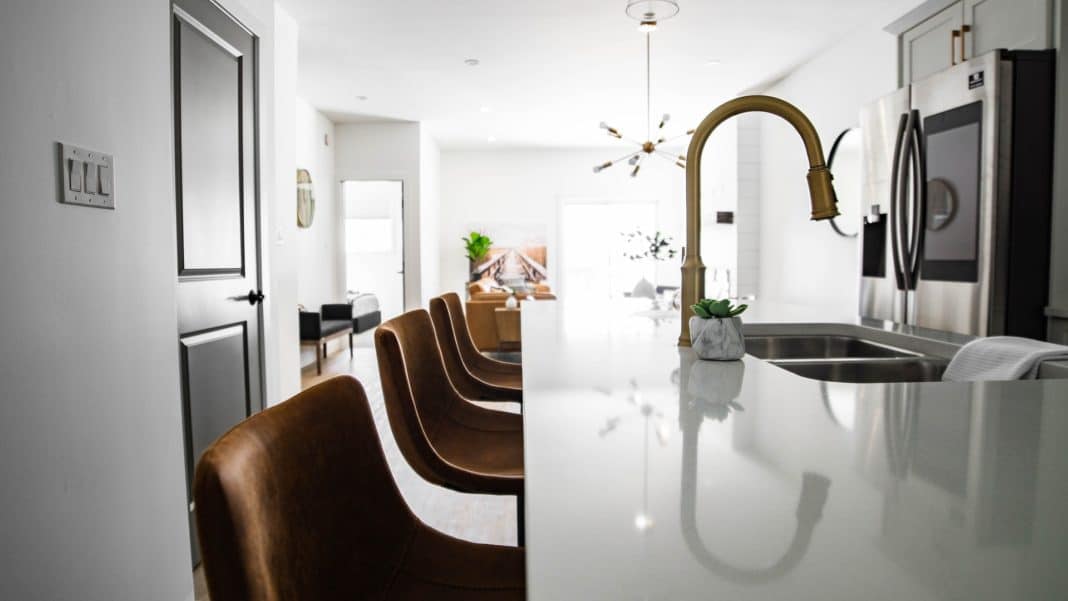Figures released this week show that in 2022, the sale of property in the Alicante province matched the levels of those achieved in 2007, marking a significant recovery of the sector even beyond that expected after the height of the Covid pandemic.
The significance of 2007 being a marker point is that is the last year before after the mortgage crisis hit Spain. This concludes the analysis of the quarterly statistics published by the Ministry of Housing corresponding to the fourth quarter of 2022, and which places the main magnitudes of the ‘brick’ on the Costa Blanca during 2022 at the same level as in 2007.
In this way, the Ministry’s statistics, which take data from the different property registries, figure at 57,946 total housing transactions in the province (somewhat above the INE data, which remained at 50,000) during the last year: 25% more than in 2021, when there were 46,060 home sales in the province, and 36% more than in 2019 (42,418 operations), before the pandemic. The volume of registered sales is practically ‘tied’ with the data from 2007, when there were 59,218 operations closed.
Alicante concentrates in this way 8% of the sales registered in Spain during the past year, a relative weight much higher than that presented by the province in other variables such as population or contribution to GDP, where it moves in values close to 3%. In fact, the trend in the country as a whole has been positive, but much less than on the Costa Blanca: the 717,558 sales collected by the Ministry represent 6.4% more than in 2021 (an increase 18 points lower than in Alicante), and they remain 14.25% below the data of 2007 (836,871 sales), when in Alicante that gap is reduced to 2% .
Regarding the economic volume that this activity represents, the Ministry statistics collect an added value of 8,7 billion euro of turnover for the sector in the province of Alicante during the financial year 2022 (only the value of vacant homes is collected, without counting the protected ones). A figure that represents 32% more value than in the 2021 financial year (6,6 billion euro), when the new post-crisis record had already been established, and an increase of 58% compared to the 2019 financial year. The figure is even higher than that registered in 2007, with 10 million euro more (despite the fact that there have been 2% less sales).
In this situation, obviously, the fact that the price of housing, both new-build and second-hand, has maintained its upward trend despite the pandemic two years ago and the rise in interest rates has a lot to do with it. interest that has been implemented by the European Central Bank, with disastrous consequences for variable-rate mortgages. Thus, the price of new free housing in the province reached an average of 249,000 euro last year (somewhat lower in the fourth quarter, with a peak of 272,000 euro in the third), so that new free-price housing In 2022 contributed a total of 1,3 million to the sector’s turnover.
The prominence of the second-hand market, which accounts for 90% of the operations registered in the province and 85% of the economic value generated by said transactions, coexists with another endemic phenomenon in the province of Alicante, such as the relative weight of the foreign buyer Statistically, well above average. Almost 9,000 homes of the total transferred during 2022 (15.5%) were purchased by resident foreigners, according to data, taking into account that British buyers, who were the most numerous, no longer fit into this definition .





